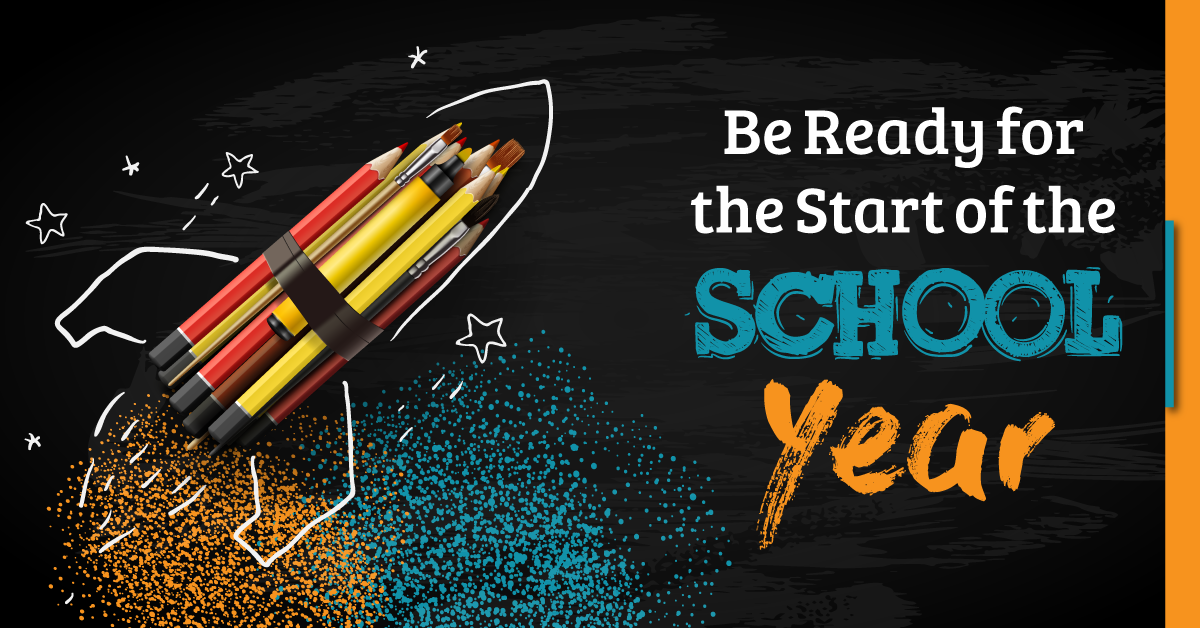Agatha Rex by Lindsay Price is a bold high school take on Antigone - packed with heart, conflict, and a powerhouse ensemble. One girl. One stand. One huge risk. *NEW COMPETITION VERSION AVAILABLE!*
Community Agreements in the Drama Classroom
Community agreements are a great tool to use at the start of a new term or semester, or at the beginning of the rehearsal process for your school show. Also known as learning or classroom agreements, community agreements are a collection of guidelines produced by both students and educators for how everyone agrees to work together in class or rehearsal. The difference between community agreements and rules is that rules are made and enforced from a position of authority (usually teachers, but also principals and/or school boards), while community agreements are created and maintained by everyone in the classroom. Community agreements are a good way to build trust with your students, as they are given a voice about how the classroom should be run. It helps you get to know your students better and learn about what they value in the drama classroom. Students adhering to the community agreements can also help to create a respectful and compassionate learning environment.
Community agreements should be phrased positively rather than in the negative, for example, “Actively listen to others while they’re speaking” rather than “Don’t talk while others are talking.” Here are a few examples of community agreements you might use in your drama classroom (you’ll find more in the giveaway below):
- Treat others the way you wish to be treated.
- Approach new topics with a beginner mindset: it’s safe to explore, make mistakes, and try again.
- Arrive on time, with all your equipment (scripts, scores, pencils, water, etc.), ready to work.
- If you don’t understand something, ask! (And be patient when someone asks a question; something might be obvious to you but new to them.)
- Be aware of time. Know the difference between a question and a comment, and decide if this is the right time to share.
- Be open to feedback.
- Cheer each other on.
- Celebrate our successes.
To make your community agreements, you’ll need a large poster board, some colourful Post-it Notes, and writing utensils. Write your class title or show title at the top or in the centre of the board in large letters, as well as “Community Agreements” (for example: “ADA201 Community Agreements” or “Fiddler on the Roof Community Agreements”). Have your students sit in a circle and give them each one Post-it and a pencil, place the board in the centre of the circle, and spread additional blank Post-its around the board. Take some time to brainstorm agreements, and have each student write one agreement per Post-it Note. If students have more ideas, they can take more Post-its, but each student should have the opportunity to share one Post-it before suggesting another one — this way, everyone has the opportunity to contribute. One at a time, have students share their community agreement and add it to the board. Some agreements might be similar, and that’s ok. Place similar agreements together on the board, and once everyone has shared their agreements, as a group you can determine the best phrasing.
If students are having trouble phrasing their agreements in a positive way, allow them to suggest alternate phrasings for the statement. If students have a question about a suggested agreement or disagree with a suggested agreement, allow time for them to voice these in a respectful manner. Revisions are allowed, but students must clearly explain their sides on the matter. Community agreements are “living documents,” meaning they can be periodically updated to better serve the needs of the class.
Once students have come up with their agreements, display the board in the classroom so you can refer back to it when needed. If you wish, have students sign the board to acknowledge that they have contributed to and will abide by the community agreements. In the future, if a student is behaving in a way that doesn’t align with the community agreements, you can gently guide them back to the board and remind them that these are the agreements that everyone in the class contributed to.
If you teach more than one drama class, it would be interesting to compare and contrast different classes’ community agreements. There will likely be overlap in suggestions but each class might have different priorities. Make note of common themes and make those your priority to adhere to, because your students' insights are invaluable and they’ll be putting their individual marks on your classroom environment, helping everyone to grow and shine.



